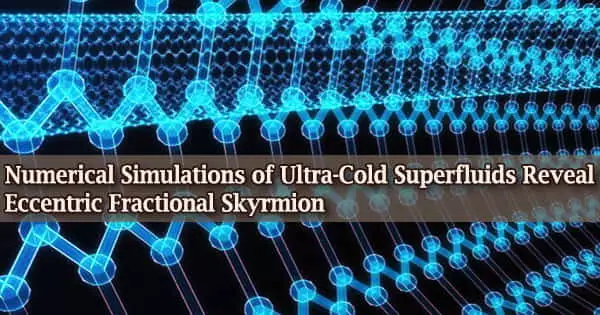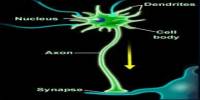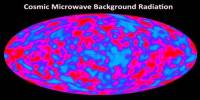In a ferromagnetic superfluid, a scientist from Osaka City University discovered skyrmions with half-integer topological numbers. Superfluidity is the property of a fluid with no viscosity, which allows it to flow without losing kinetic energy. When a superfluid is churned, it generates vortices that rotate forever.
“This may bring about a major change in the long history of research on skyrmions,” states Hiromitsu Takeuchi, lecturer at the Graduate School of Science and the Nambu Yoichiro Institute of Theoretical and Experimental Physics (NITEP), Osaka City University, and sole author of the study.
Skyrmions, a sort of phase defect that occurs when a system’s symmetry is spontaneously violated in a phase transition, have a major effect on the system’s macroscopic behavior.
As a result, it has been proposed that knowing skyrmions is essential for managing the physical features of systems with spontaneous symmetry breaking (SSB). According to Physics Today, researchers are interested in regulating skyrmions for use in prospective computers and electronic memory storage because they are compact and steady.
Researchers could only induce magnetic skyrmions in materials that had been cooled to extremely low temperatures at first, but they are now frequently produced in objects that are at ordinary temperatures.
To do so, scientists have turned to ultra-cold superfluids like Bose-Einstein condensate (BEC), which are free of the effects that obstruct comprehension of their intrinsic features, effectively making them quantum simulators.
Similar to how an ordinary charged particle has only an integer amount of charge, which is a multiple of its elementary charge. In the BEC system, however, numerical simulations on instability in the BA-core DW indicated the generation of an eccentric skyrmion with a half-integer quantum number.
Hiromitsu Takeuchi
“Based on the results of another recent study, I had predicted that an unknown asymmetric topological defect would appear in the ferromagnetic phase of BEC,” states Lecturer Takeuchi, “however I was quite shocked when I found it was a new type of skyrmion.”
Although superfluidity is frequently associated with Bose-Einstein condensation, the two phenomena are not mutually exclusive; not all Bose-Einstein condensates are superfluids, and not all superfluids are Bose-Einstein condensates.
Lecturer Takeuchi has demonstrated that the formation mechanism of this eccentric fractional skyrmion differs from that of typical skyrmions in a recent paper published in the American Physical Society’s journal Physical Review A.
The internal structure of a magnetic domain wall (DW) transitions from one phase to another as spin currents are applied to it. Scientists have seen two forms of DWs forming in a BEC, antiferromagnetic (AF)-core and broken axisymmetry (BA)-core DWs, classified according to the local magnetization of the wall, depending on the strength of the spin current.
The new skyrmion is created via an instability that can be compared to the Kelvin-Helmholtz instability (KHI) in fluid dynamics, in which the spin-upward and spin-downward domains are treated as two separate fluids. Magnetic skyrmions enclosed in the DW are released from a BA-core DW in the KHI mechanism.
A conventional skyrmion has an integer topological charge, “similar to how an ordinary charged particle has only an integer amount of charge, which is a multiple of its elementary charge,” points out Lecturer Takeuchi. “In the BEC system, however, numerical simulations on instability in the BA-core DW indicated the generation of an eccentric skyrmion with a half-integer quantum number.”
Until now, the smallest unit of a solitary skyrmion’s topological quantum number was thought to be unity, but this research reveals it may be half that. This was owing to the spontaneous development of a spin singularity inside the new skyrmion, according to the author’s numerical models.
These formations are not favored because it raises the energy of the system, “Yet it appears this new skyrmion, which is located where magnetism and nematic order coexist,” remarks Lecturer Takeuchi, “plays a role in suppressing the energy increase caused by these singularities.”
It is envisaged that the new skyrmion will be realized in other domains such as particle physics and spintronics as a result of this study’s vantage position.
















